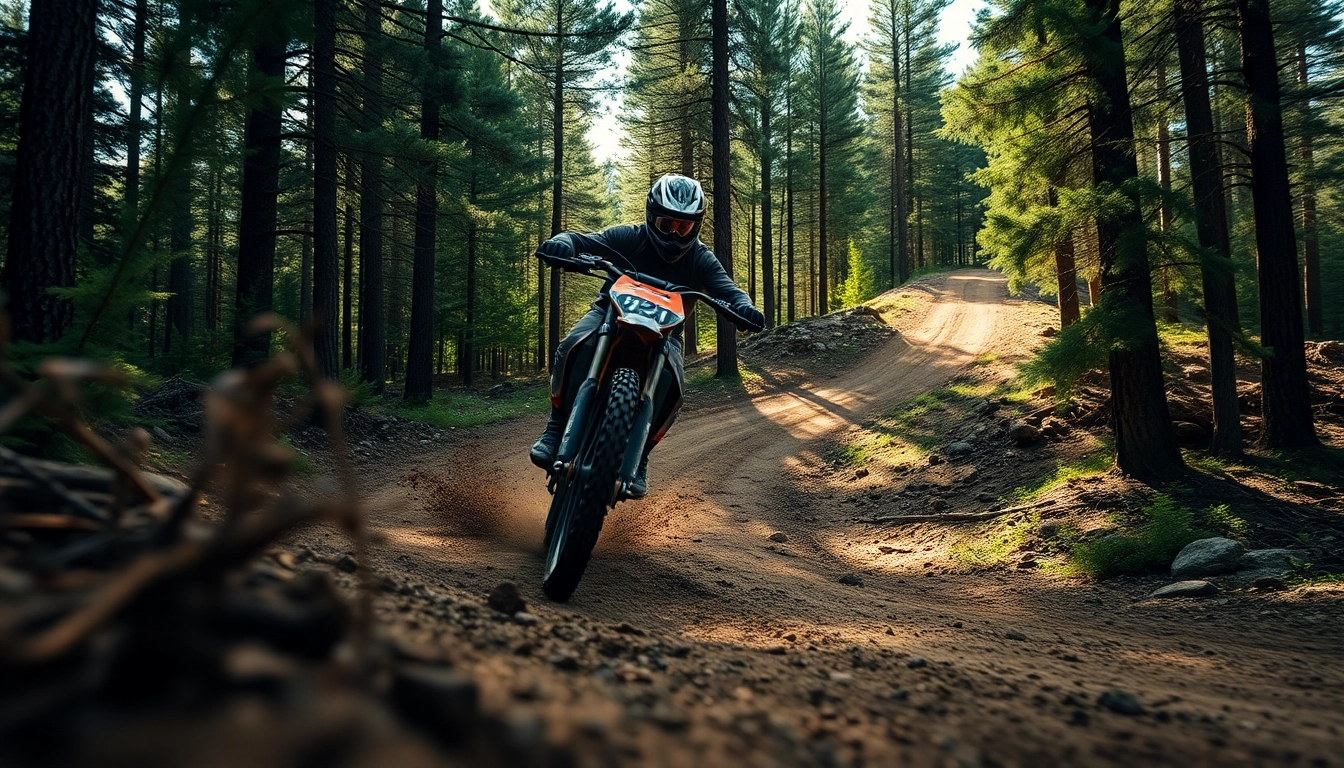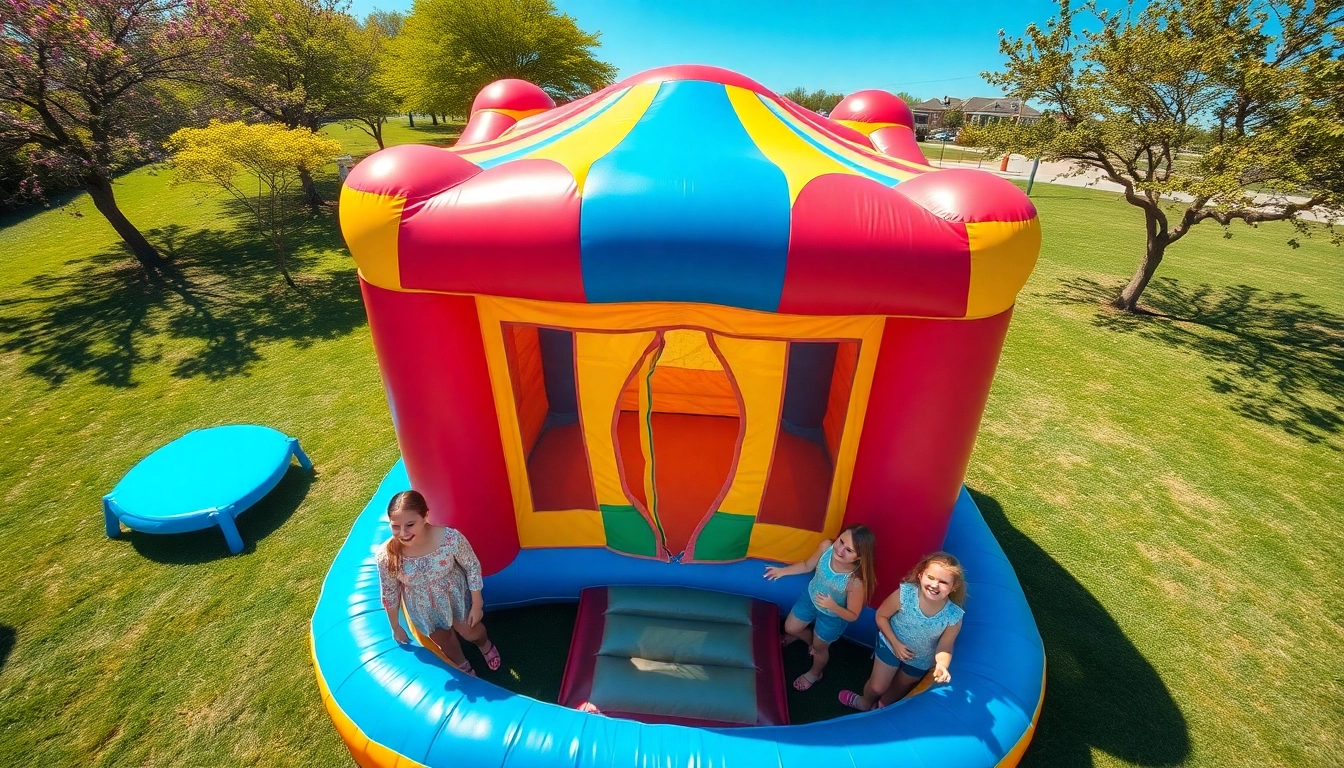Understanding Dirt Bike Singletrack
Dirt biking through a winding path of dirt surrounded by the beauty of nature is a thrilling experience for many enthusiasts. At the heart of this adventure lies dirt bike singletrack, a specialized type of trail that captures the essence of off-road riding. With its narrow, often rugged paths, singletrack offers challenges and excitement not found on wider trails. Whether you’re a seasoned veteran or a newcomer, understanding what defines dirt bike singletrack is essential for an enjoyable riding experience.
What Defines Dirt Bike Singletrack?
Singletrack refers to a trail that is designed for one rider at a time, typically less than two feet wide. This design challenges riders with its twists, turns, and obstacles that require a combination of skill, focus, and agility. Some key characteristics of dirt bike singletrack include:
- Narrow Width: The narrowness of the trail promotes a more intimate connection with the surrounding environment.
- Natural Terrain: The trail often follows the natural contours of the land, including dips, climbs, and rocky sections.
- Technical Features: Riders may encounter roots, rocks, and stream crossings, which heighten the thrill and require advanced riding techniques.
The Benefits of Riding Singletrack
Riding singletrack trails offers numerous benefits that set it apart from riding on broader paths or roads. Here are some key advantages:
- Enhanced Riding Skills: Navigating the complex terrain of singletrack enhances balance, coordination, and reflexes.
- Connection with Nature: The narrow paths offer a unique opportunity to engage with the natural environment, making the ride more immersive and enjoyable.
- Social Interaction: Singletrack trails are often frequented by other enthusiasts, fostering a sense of community and shared experience.
Common Features of Dirt Bike Singletrack Trails
When exploring dirt bike singletrack, riders will notice certain recurring features that define the experience:
- Twisting Paths: Singletrack routes often snake through forests, hills, or mountains, adding complexity to the ride.
- Elevation Changes: Climbs and descents are common, providing adrenaline-pumping sections and scenic viewpoints.
- Surface Variations: Depending on the location, the trail surface may vary from hard-packed dirt to loose gravel and mud, requiring different riding techniques.
Essential Skills for Riding Dirt Bike Singletrack
To navigate the challenges presented by singletrack trails effectively, riders must hone a variety of skills. Developing these essential skills will significantly enhance both safety and enjoyment while riding.
Riding Techniques for Different Terrain Types
Understanding how to adapt your riding style to various terrain types is crucial. Different surfaces—such as sand, mud, or rocky paths—require distinct approaches:
- Sand: Maintain speed and keep your body loose to float over soft ground; reduce tire pressure slightly for better traction.
- Mud: Avoid sudden throttle inputs to prevent wheel spin; keeping the weight back can help maintain control.
- Rocky Sections: Stand on the pegs and use body positioning to absorb shocks from obstacles, allowing the bike to follow the line smoothly.
Body Positioning and Balance Tips
Effective body positioning is critical for maintaining balance and control while riding singletrack. Here are some tips:
- Stand on the Pegs: Whenever possible, stand on the pegs to lower your center of gravity and adapt quickly to changes in terrain.
- Knees in: Keep your knees close to the bike to maintain stability during twists and turns.
- Lean Forward: Lean slightly forward when climbing to prevent tipping backward, especially on steep inclines.
Braking and Acceleration Techniques
Understanding how to properly brake and accelerate can prevent accidents and improve performance:
- Use Both Brakes: Practice using both front and rear brakes in concert to achieve optimal slowing and stopping.
- Throttle Control: Smooth throttle application is essential to navigating technical sections without losing traction or control.
- Trail Braking: While approaching sharp turns or obstacles, lightly use the rear brake while looking ahead to maintain balance.
Preparing for Your Dirt Bike Singletrack Adventure
Preparation is key to maximizing your enjoyment and safety on the trail. Here are several essential steps to consider before heading out.
Essential Gear for Singletrack Riding
Selecting the right gear is fundamental for safety and comfort during your ride. Key items should include:
- Helmet: A high-quality, well-fitting helmet can significantly reduce the risk of head injuries.
- Protective Gear: Invest in gloves, knee pads, and body armor to protect yourself from falls and abrasions.
- Appropriate Clothing: Wear moisture-wicking and breathable fabrics designed for off-road riding.
Pre-Ride Checklist for a Safe Experience
Before embarking on a ride, ensure you follow this pre-ride checklist:
- Bike Inspection: Check tire pressure, brakes, and oil levels to ensure the bike is in proper working order.
- Pack Essentials: Bring tools, tire repairs, and hydration supplies in case of emergencies.
- Know the Trail: Familiarize yourself with the trail route and its potential hazards.
Understanding Trail Etiquette
Respecting trail etiquette is vital for safety and fostering a positive riding environment:
- Yield When Necessary: Give way to hikers and cyclists when encountered on the trail.
- Stay on Designated Paths: Avoid creating new trails to preserve the environment and minimize erosion.
- Leave No Trace: Pack out what you pack in, keeping the trail clean for others to enjoy.
Incremental Progress: Improving Your Skills
Improving your riding skills requires dedication and a structured approach. Here are some strategies to help you develop incrementally.
Setting Goals for Skill Development
Establishing clear, achievable goals is crucial for tracking progress. Consider setting goals based on:
- Technical Skills: Aim to master specific techniques, such as cornering or jumping.
- Endurance: Work on increasing the duration and intensity of your rides.
- Performance Metrics: Set benchmarks such as lap times on known trails to measure improvement.
Tracking Your Progress on Dirt Bike Singletrack
Documenting your rides and skills development can provide valuable insights. Consider the following methods:
- Journal: Keep a riding journal to note experiences, challenges, and areas for improvement.
- Video Analysis: Record your rides to analyze your technique and identify areas needing attention.
- Join Riding Groups: Engage with fellow riders for feedback and share experiences for communal learning.
Drills and Practice Rides to Enhance Skills
Structured practice through drills can significantly bolster your skills:
- Cones and Obstacles: Set up cones or other obstacles to practice tight turns and navigation.
- Slow Riding Drills: Practice riding slowly to enhance balance and control.
- Trail Exploration: Challenge yourself by trying new trails with varied difficulty to gain experience in diverse conditions.
Taking on Challenges: Advanced Riding Strategies
For riders who seek to take their skills to the next level, mastering advanced riding strategies is essential.
Conquering Technical Sections on Dirt Bike Singletrack
Technical sections can be daunting, but with practice, they can become exhilarating:
- Identify Lines: Study the best lines through obstacles to minimize impact and maximize speed.
- Power Through: In steep, technical climbs, maintain momentum by selecting the right gear and throttle control.
- Rear Wheel Navigation: Utilize your rear wheel to pivot around tight corners while keeping your front wheel light.
Building Confidence on Steeper Trails
Overcoming fear on steep trails requires practice and mental preparation:
- Assess Your Skills: Be honest about your comfort level and practice progressively steeper inclines.
- Visualize Success: Mental imagery can bolster confidence; visualize navigating the trail effectively before attempting it.
- Ride with a Buddy: Having a companion can offer both emotional support and practical assistance.
How to Navigate Obstacles Effectively
Obstacles are a natural part of singletrack riding. Here’s how to navigate them with confidence:
- Focus Ahead: Keep your eyes on the path ahead to anticipate upcoming challenges and react proactively.
- Body Position: Shift your weight appropriately to maintain balance and control when approaching obstacles.
- Choose Alternate Lines: If facing a particularly difficult obstacle, don’t hesitate to find a suitable line that is less challenging.


